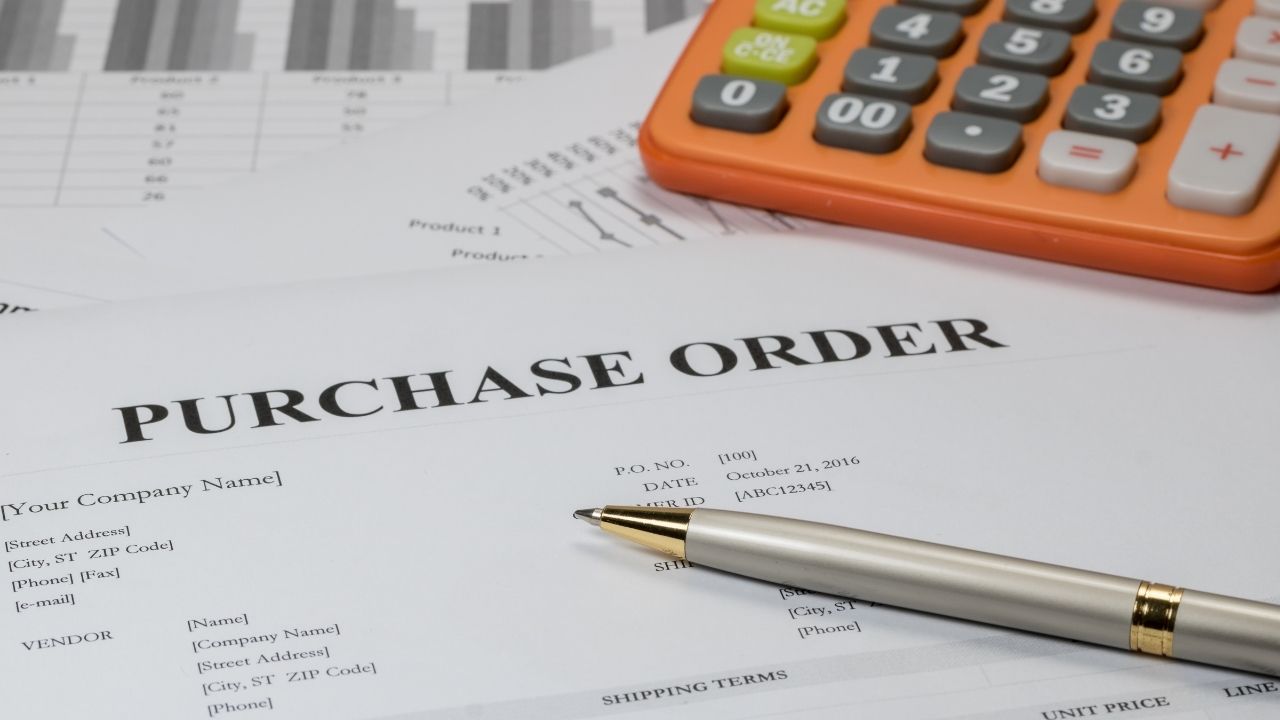Among the major challenges that B2B and B2G businesses face, is the lack of cash flow to support large orders. Sometimes this results in these businesses having to turn down the order or a coinciding project. This could cause their customers to lose confidence in them and jeopardize future business opportunities.
One solution for businesses experiencing this issue is to secure purchase order financing. This is a type of business financing wherein small businesses use their purchase orders to advance cash needed to fulfill their client’s large orders. Remember that cash flow is the lifeblood of your small business, and not having enough can lead to financial trouble.
If you’re interested in applying for purchase order financing in the U.S., here is a breakdown of how the application process works:
How Does Purchase Order Financing Work?
The typical set-up of purchase order financing involves four parties, namely: the merchant or borrower that’s seeking financing; the lender or financing company; the supplier or manufacturer; and the customer who provided the purchase order and will receive the goods.
We’ve broken down the purchase order financing process into six easy steps:
Step 1: The Customer Sends a Purchase Order (PO) to the Seller/Merchant
A customer sends a purchase order to the merchant (borrower), indicating their intent to buy products from the merchant. The purchase order should include the quantity of products the customer wants to buy, the order specifications, and other pertinent information like the delivery address and the date on which they want to receive the goods.
Step 2: The Supplier Provides a Quote or Estimate for the Goods
The supplier goes through the PO and gets back to the merchant with a quote that outlines the expenses, including the manufacturing fee and the total cost of the transaction. The seller, then, determines if they have enough capital on hand to finance the order.
Step 3: The Seller Applies for a Purchase Order Financing
Upon confirming that the seller needs an additional boost in their capital to afford the large order, they will apply for a PO financing. They will have to submit the quotation from the supplier along with the purchase order and your company’s financial statements. Some lenders can finance up to 100% of the total amount of the purchase order while others may get approved for only 80% or 90% of the amount. In determining the loan amount the sellers are eligible for; lenders typically consider the borrowing company’s financial state, their customer’s creditworthiness, and the supplier’s reputation.
Step 4: The Lender Transfers the Payment to the Supplier
Once the business is approved of the financing, the lender then pays the supplier directly. For businesses that weren’t able to get 100% funding from the lending company, they have to make up for the shortfall and pay the remaining 10% or 20% of the total amount to the suppliers. When the supplier receives the payment, they will start working on their part of the deal and fulfill the customer’s order. The manufacturer then delivers the order to the customer.
Step 5: An Invoice is Sent and the Customers Pay the Amount They Owe
After the orders are filled, the seller sends an invoice to their customers. The outstanding balances should be paid within the timeframe (usually 30 to 90 days) that the customers and sellers have agreed on beforehand.
One important thing to note is that customers will have to make the payments directly to the financing company. All the borrowing company needs to do is to send an invoice and wait for their cut of the profit.
Step 6: Lenders Receive the Payment and Forwards the Money to You
When the customer pays the invoice to the PO financing company, they will then deduct the money the seller advanced, plus the interest and fees (as outlined in the PO financing contract). The financing company will transfer the remaining money to the seller and the transaction is complete.
What Type of Businesses Qualifies for Purchase Order Financing in the United States?
Wholesalers, distributors, as well as import and export businesses are typically the ones that apply for purchase order financing in the United States. If your business receives large orders from clients regularly, then PO financing may be a viable funding solution for you. To qualify for PO financing your business should:
- Supply finished and assembled products.
- Have other businesses or government sectors as customers.
- Receive purchase orders that are over $20,000 in value.
- Have creditworthy customers.
- Reach a profit margin of 20% or above.
- Have reputable suppliers that can supply and deliver goods on time.
One of the benefits of purchase order financing is that start-up companies and businesses with a less than ideal credit score can still qualify. The lenders typically don’t base the approval decision on the borrowing company’s credit background, but rather the customer’s credit background. The repayment of the advanced funding largely depends on the ability of the borrowing company’s customer to pay the invoice.
If your company meets the qualifications above, and you constantly find yourself short on capital to complete big orders, then you should consider applying for PO financing. Not only will you secure funding to fulfill one large order, but it will also allow you to take in more orders without worrying about where to get the capital. This will fuel your company’s growth and lead to business success.

